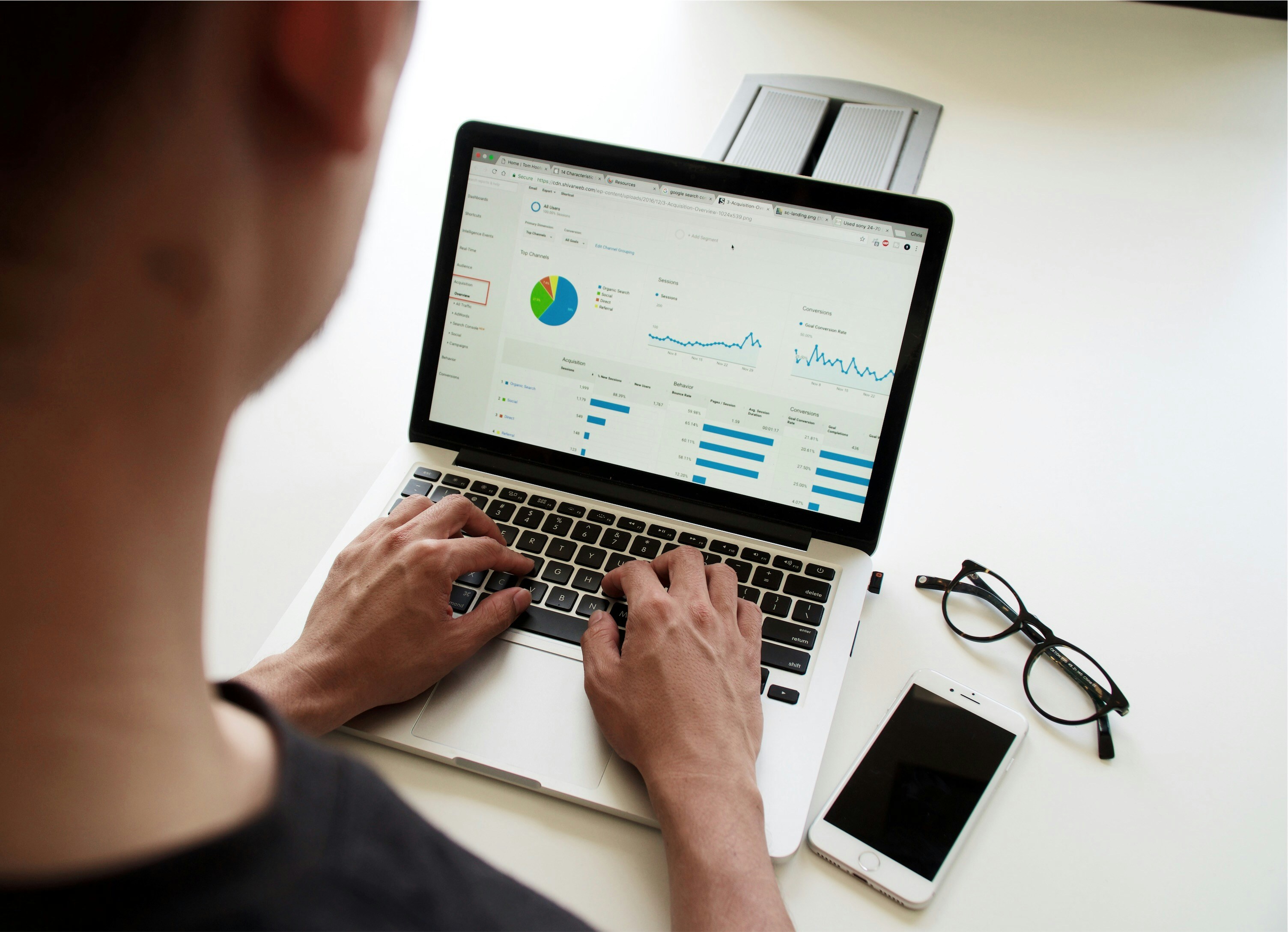Visualization | Definition & Examples
Visualization
Definition:
"Visualization" is the process of representing data graphically to help people understand and gain insights from it. It involves the use of charts, graphs, and other visual tools to present data in a way that is easy to comprehend and analyze.
Detailed Explanation:
Visualization is a critical aspect of data analysis and communication, enabling individuals to see patterns, trends, and outliers that may not be apparent in raw data. By transforming complex data into visual formats, visualization helps users quickly grasp large amounts of information, making it easier to identify relationships and make informed decisions.
The visualization process typically involves the following steps:
Data Collection:
Gathering relevant data from various sources to be visualized.
Data Cleaning and Preparation:
Processing the data to remove inconsistencies, fill in missing values, and ensure accuracy.
Choosing the Right Visualization Type:
Selecting the appropriate visual representation based on the nature of the data and the insights sought. Common types include bar charts, line graphs, pie charts, scatter plots, heat maps, and histograms.
Designing the Visualization:
Creating the visual representation with attention to clarity, accuracy, and aesthetics to effectively convey the message.
Interpreting and Communicating Insights:
Analyzing the visualized data to extract meaningful insights and presenting them to stakeholders in a clear and compelling manner.
Key Elements of Visualization:
Charts and Graphs:
Visual tools such as bar charts, line graphs, pie charts, and scatter plots used to represent different types of data.
Color and Formatting:
The use of color, shapes, and other formatting options to highlight important information and improve readability.
Interactivity:
Features that allow users to interact with the visualization, such as filtering, zooming, and tooltips, to explore the data in more detail.
Labels and Annotations:
Adding labels, titles, and annotations to provide context and clarify the information presented.
Advantages of Visualization:
Enhanced Understanding:
Makes complex data more accessible and understandable, helping users quickly grasp key insights.
Better Decision-Making:
Facilitates data-driven decision-making by presenting clear and actionable insights.
Effective Communication:
Enables effective communication of data findings to stakeholders, making it easier to convey the significance of the data.
Challenges of Visualization:
Misrepresentation:
Poorly designed visualizations can mislead users by distorting the data or emphasizing the wrong aspects.
Data Overload:
Including too much information in a single visualization can overwhelm users and obscure key insights.
Technical Skills:
Creating effective visualizations requires technical skills and knowledge of data visualization best practices.
Uses in Performance:
Business Intelligence:
Visualization tools like dashboards and reports help businesses track performance metrics, identify trends, and make strategic decisions.
Scientific Research:
Visualizations are used to present experimental data, illustrate scientific findings, and support hypotheses.
Public Health:
Helps in tracking and communicating information about disease outbreaks, health trends, and resource allocation.
Design Considerations:
When creating visualizations, several factors must be considered to ensure they are effective and reliable:
Clarity and Simplicity:
Ensure the visualization is clear and simple, avoiding unnecessary complexity that could confuse the viewer.
Accuracy:
Represent the data accurately without distortion, ensuring the visualization reflects the true nature of the data.
Audience:
Tailor the visualization to the target audience's level of understanding and specific needs.
Conclusion:
Visualization is the process of representing data graphically to help people understand and gain insights from it. By converting complex data into visual formats, visualization enhances understanding, facilitates better decision-making, and enables effective communication of data findings. Despite challenges related to misrepresentation, data overload, and the need for technical skills, the advantages of enhanced understanding, better decision-making, and effective communication make visualization a powerful tool in various fields, including business intelligence, scientific research, and public health. With careful consideration of clarity, accuracy, and audience needs, visualization can significantly improve data analysis and communication, helping users to extract meaningful insights and make informed decisions.

